The Vegan Salad Dressing Market is currently characterized by a dynamic competitive landscape, driven by increasing consumer demand for plant-based products and a growing awareness of health and sustainability. Key players such as Follow Your Heart (US), Annie's (US), and Primal Kitchen (US) are strategically positioned to capitalize on these trends. Follow Your Heart (US) has focused on innovation, recently launching a new line of organic dressings that cater to health-conscious consumers. Annie's (US), on the other hand, emphasizes sustainability in its sourcing and packaging, appealing to environmentally aware shoppers. Primal Kitchen (US) has adopted a digital transformation strategy, enhancing its online presence to reach a broader audience, which collectively shapes a competitive environment that prioritizes health, sustainability, and accessibility.
The market structure appears moderately fragmented, with numerous players vying for market share. Key business tactics include localizing manufacturing to reduce costs and optimize supply chains, which is particularly relevant in the context of rising ingredient prices. The collective influence of these major players fosters a competitive atmosphere where innovation and sustainability are paramount, yet the presence of smaller brands also contributes to a diverse product offering.
In August 2025, Follow Your Heart (US) announced the launch of its new line of organic salad dressings, which are made from non-GMO ingredients and packaged in recyclable materials. This strategic move not only aligns with the growing consumer preference for organic products but also reinforces the brand's commitment to sustainability. The introduction of these dressings is likely to enhance their market position and attract a broader customer base.
In July 2025, Annie's (US) unveiled a partnership with a leading organic farm to source ingredients for its salad dressings. This collaboration is significant as it not only ensures a steady supply of high-quality ingredients but also strengthens the brand's sustainability narrative. By emphasizing local sourcing, Annie's is likely to resonate with consumers who prioritize transparency and ethical practices in their purchasing decisions.
In September 2025, Primal Kitchen (US) expanded its e-commerce capabilities by launching a subscription service for its salad dressings. This strategic initiative is indicative of the brand's focus on digital transformation and customer engagement. By offering a subscription model, Primal Kitchen aims to enhance customer loyalty and streamline the purchasing process, which could potentially lead to increased sales and market penetration.
As of October 2025, current competitive trends in the Vegan Salad Dressing Market are increasingly defined by digitalization, sustainability, and the integration of technology into product development. Strategic alliances, such as partnerships for ingredient sourcing, are shaping the landscape, allowing companies to enhance their product offerings while maintaining a focus on sustainability. Looking ahead, competitive differentiation is likely to evolve from traditional price-based competition to a focus on innovation, technological advancements, and supply chain reliability, as brands strive to meet the ever-changing demands of health-conscious consumers.


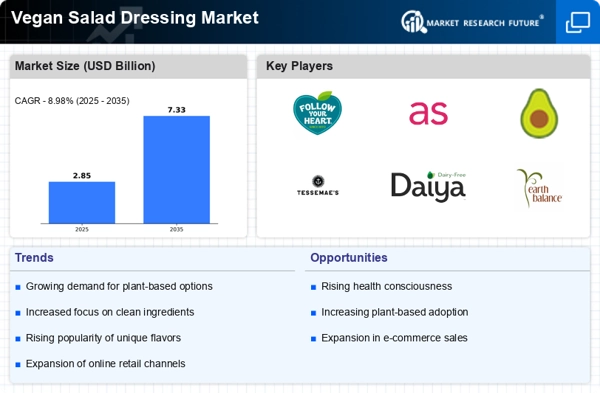
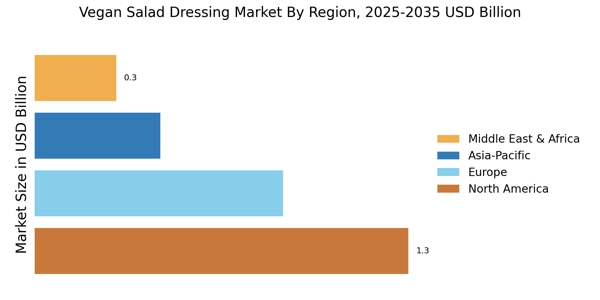

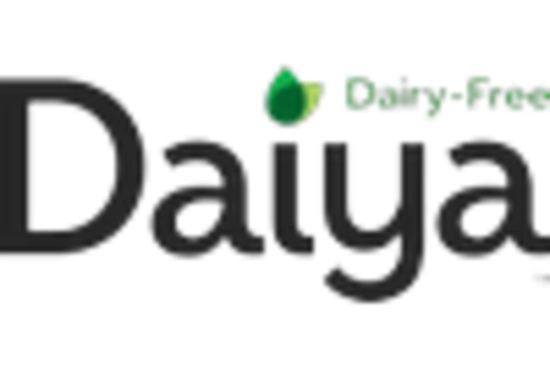
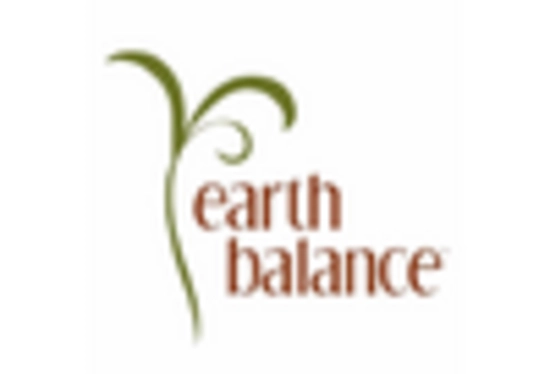

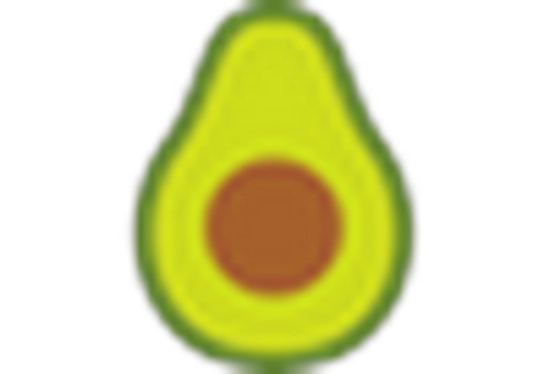
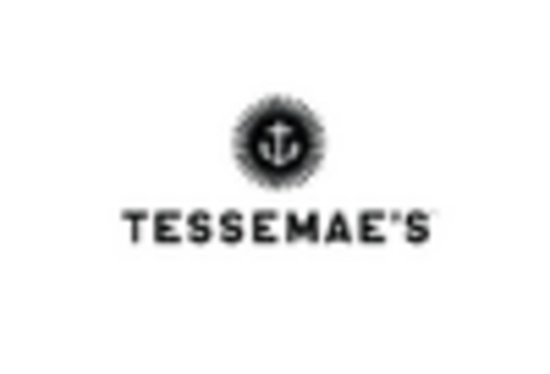








Leave a Comment